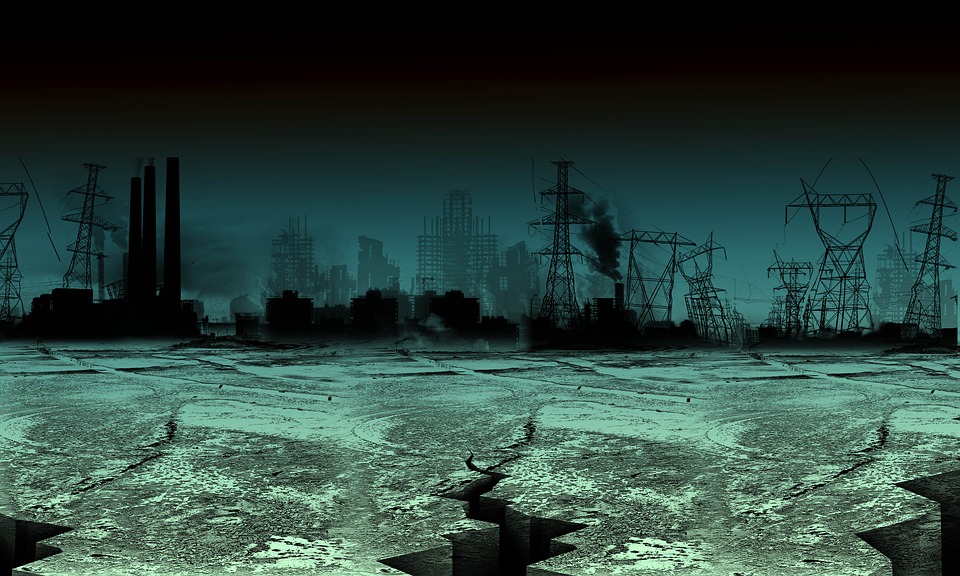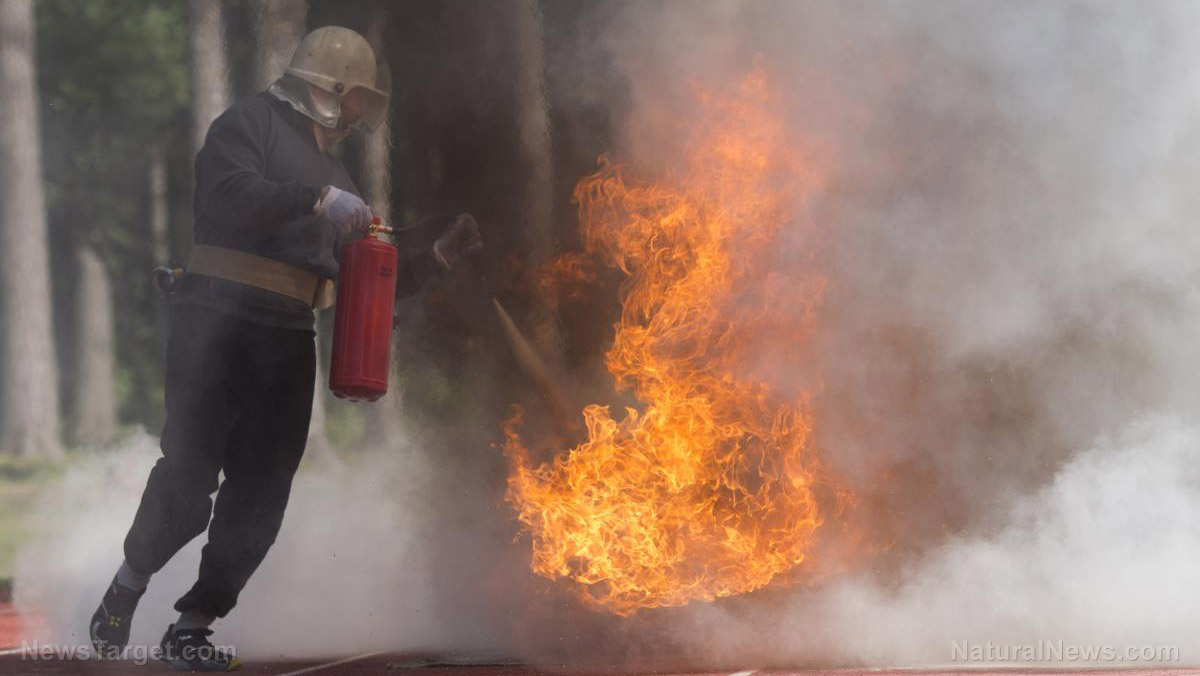NASA says the solar flare that caused a radio blackout last September was the biggest flare in a decade
04/25/2018 / By David Williams

Sun spots may be common and solar flares a regular occurrence, but they are still often worthy of taking note. Case in point: Last September 6, 2017, there were two powerful solar flares detected and recorded. What was unusual was that the second one in particular was the most powerful solar flare recorded in more than a full decade. This is according to information from the National Oceanic and Atmospheric Administration (NOAA) which also confirmed several details about the solar flares, including the fact that they caused radio blackouts and had the potential to do much more damage.
As a report on the incident states, two X-class solar flares were released on that September day, so you already have an indication of how powerful they are. X-class flares are known to be part of the most powerful sun-storm class, and both flares that happened on September 6 fall under that category.
At around 5:10 a.m. EDT, the first X-class solar flare happened, due to a large sun spot on the surface of the sun. At that point in time, it was the single strongest solar flare recorded since 2015 at X2.2. However, this record wouldn’t stand for long, as a follow-up solar flare would happen just three hours later at 8:02 a.m. EDT. Based on information from the NOAA’s Space Weather Prediction Center (SPWC), it was an X9.3 flare.
The SWPC also mentioned that these two flares caused radio blackouts here on Earth. It is said that high-frequency radios went through a “wide area of blackouts, loss of contact for up to an hour over [the] sunlit side of Earth,” and that all forms of low-frequency communication, which are used in navigation, were left degraded for an entire hour. (Related: Solar flare could unleash nuclear holocaust across planet Earth, forcing hundreds of nuclear power plants into total meltdowns).
According to SWPC space scientist Rob Steenburgh, the solar flares exhibited signs of a separate space incident happening called a coronal mass ejection (CME). “It was accompanied by radio emissions that suggest there’s a potential for a CME,” he said at the time. “However, we have to wait until we get some coronagraph imagery that would capture that event for a definitive answer.”
CMEs occur often during large solar flares, when the sun ends up slinging a cloud of energetic plasma from its own body.
The CME event was later confirmed through the use of the Solar and Heliospheric Observatory, which is a joint project between t he National Aeronautics and Space Administration (NASA) and the European Space Agency. It managed to pick up the CME from the solar flares, and NOAA analysts proceeded to model its trajectory afterwards to find out whether or not it was directed towards Earth.
If a CME is ever aimed towards Earth, it could cause spectacular auroras. Unfortunately, it is also possible that it could lead to even more damage, particularly to Earth’s satellites, communications, and power systems. The charged plasma cloud from the sun would only take a handful of days to arrive on Earth, and according to Steemburgh, CMEs that are caused by huge flares can arrive even quicker.
And while scientists and other experts in the field already have the basic knowledge to tell when these things are going to happen, being able to counteract them efficiently is a different matter entirely. Although the sun is a very important part of life as we know it, it can also play a role in life’s destruction.
“These kinds of events are just part of living with a star,” added Steenburgh. In other words, about the best thing that can be done about them is to cope. And hope that they don’t result in catastrophic consequences.
See more news about space weather events at Space.news.
Sources include:
Tagged Under: charged plasma cloud, coronal mass ejection, energetic plasma, high-frequency radio, low-frequency communication, NASA, plasma cloud, radio blackout, radio emissions, radio interference, satellites, solar flare, Space, space incidents, Space problems, Sun spots, X-class flares




















